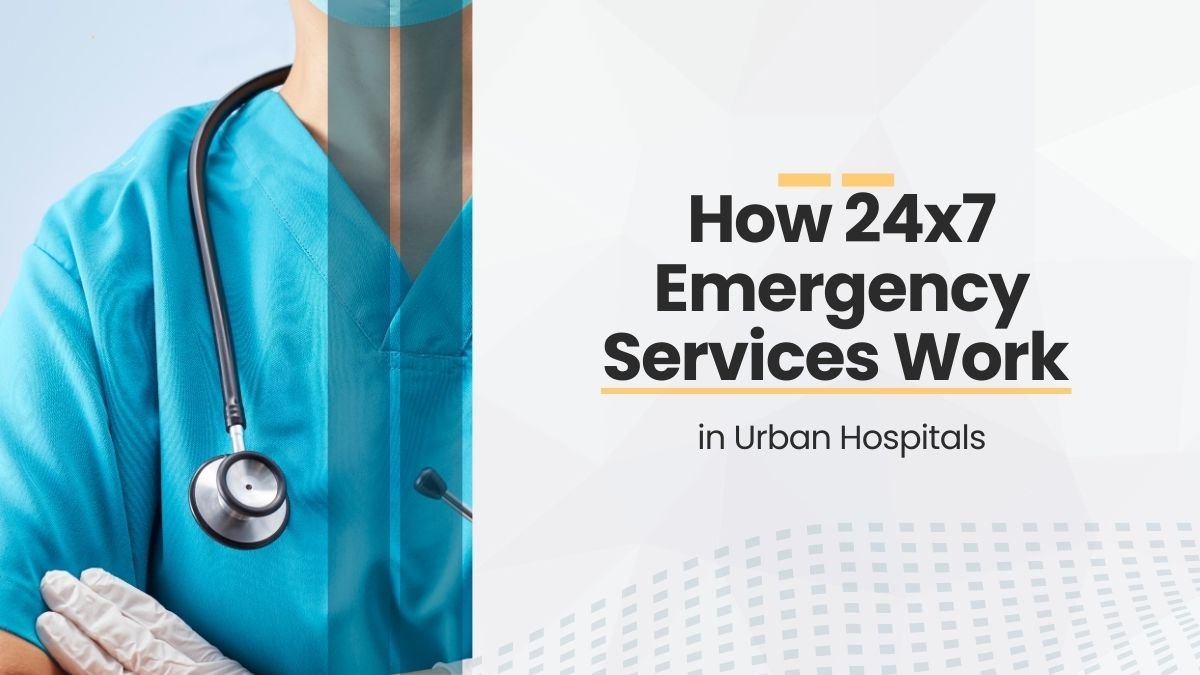3D Printing and the New Revolution in Healthcare
Healthcare is changing rapidly in today’s world. Earlier, hospitals focused primarily on treating diseases, but now priorities include patient convenience, better outcomes, and faster treatment. 3D printing has played a key role in this transformation.
With 3D printing technology, hospitals and doctors can create customized equipment, prostheses, implants, and organ models tailored to each patient’s body and needs. This leads to faster, safer operations, reduced costs, and quicker patient recovery.
1. Prosthetics and Orthotics
One of the most important applications of 3D printing is in prosthetics and assistive devices.
- Customization: Every patient has a unique body structure. 3D printing allows prosthetic limbs to be made specifically for each patient.
- Comfort and Utility: Particularly beneficial for children, as limbs can be resized and replaced quickly as they grow.
- Aesthetics and Functionality: 3D-printed limbs are not only functional but also look natural.
Example: A child who lost an arm can receive a 3D-printed hand that fits perfectly, is easy to use, and appears natural.
2. Surgical Tools and Guides
Precision is crucial in surgery. 3D printing allows the creation of patient-specific surgical tools and guides.
- Increasing Accuracy: Custom tools guide surgeons at every step.
- Reducing Operation Time: Specialized tools make procedures faster and safer.
- Reducing Cost and Risk: Minimizes errors, benefiting both patients and hospitals.
Example: Surgeons can practice complex bone surgeries on 3D-printed models to prevent unexpected complications during the actual procedure.
3. Surgical Planning and Training
3D printing is valuable for surgical planning and medical education.
- Anatomical Models: Mock-ups of patient organs help doctors understand anatomy thoroughly.
- Practice and Preparation: Preoperative practice increases surgical accuracy and reduces risk.
- Medical Education: Students and new doctors gain hands-on experience with realistic organ models.
Example: Before heart surgery, doctors can rehearse procedures on 3D-printed heart models to anticipate challenges.
4. Implants and Medical Devices
3D printing enables the creation of personalized implants and devices.
- Dental Implants: Custom-shaped to fit the patient’s mouth.
- Spinal and Hip Implants: Perfectly fitting implants reduce rejection risk.
- Specialized Devices: Designed for specific diseases or conditions.
Example: A hip replacement implant can be customized to match the patient’s anatomy precisely.
5. Bioprinting: Tissues and Organs
Bioprinting is one of the most exciting frontiers in 3D printing, involving the fabrication of cell-based tissues and small organs.
- Regenerative Medicine: Offers hope for organ transplantation and tissue repair.
- Future Potential: Enables life-saving interventions while patients await organ transplants.
Example: Small heart or kidney tissues can be bioprinted for research, testing, or regenerative purposes.
6. Advantages of 3D Printing
- Tailored Solutions: Custom devices and implants based on patient-specific needs.
- Cost Effective: Faster and cheaper production over time, despite high initial investment.
- Better Outcomes: Accurate instruments lead to faster recovery and improved quality of life.
- Affordability: Accessible even in resource-limited areas.
- Production Speed: Designs are rapidly turned into finished products.
7. Challenges and Future Prospects
- Material Sciences: Need for biocompatible and strong materials.
- Standardization: Safety and effectiveness standards must be established.
- Ethics: Equitable access and safe use must be ensured.
- Merging with AI and Automation: Integrating artificial intelligence for design and surgical planning.
Conclusion
3D printing has transformed healthcare by fulfilling patient-specific needs, improving surgical safety, and reducing hospital costs. The future promises further innovation through the combination of bioprinting and artificial intelligence, enhancing recovery, quality of life, and overall healthcare delivery.








